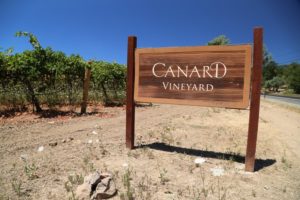
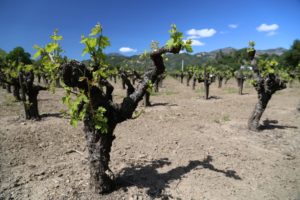
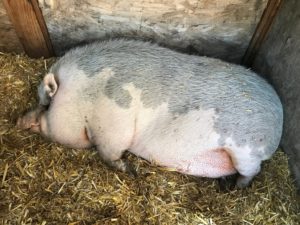 Canard Vineyard has been producing wine commercially in Napa Valley since 1984. Today 22 acres of vines are planted on the 25-acre property located just south of Calistoga. Rich and Carolyn Czapleski are only the properties’ 4th owners since the original owner acquired the land from a General Vallejo land grant (Rancho Carne Humana – a nearly 18,000-acre parcel of land owned by Edward Bale that ran roughly from Tubbs Lane north of Calistoga down to Galleron Lane in Rutherford). This is a very historic site for many reasons. The house on site was built in 1859 by Reason Penelope Tucker who first came to Napa Valley in 1846; for perspective that was only 10 years after George Yount, the first western settler permanently settled in Napa Valley. And the real estate agent that sold the house to Rich and Carolyn was the husband of one of Tucker’s great great great granddaughters.
Canard Vineyard has been producing wine commercially in Napa Valley since 1984. Today 22 acres of vines are planted on the 25-acre property located just south of Calistoga. Rich and Carolyn Czapleski are only the properties’ 4th owners since the original owner acquired the land from a General Vallejo land grant (Rancho Carne Humana – a nearly 18,000-acre parcel of land owned by Edward Bale that ran roughly from Tubbs Lane north of Calistoga down to Galleron Lane in Rutherford). This is a very historic site for many reasons. The house on site was built in 1859 by Reason Penelope Tucker who first came to Napa Valley in 1846; for perspective that was only 10 years after George Yount, the first western settler permanently settled in Napa Valley. And the real estate agent that sold the house to Rich and Carolyn was the husband of one of Tucker’s great great great granddaughters.
Tucker was known for organizing the first rescue efforts of the Donner Party trapped in the snowy Sierra Nevada mountains during the winter of 1846/1847 having arrived at cabins in mid-February 1847 where the stranded had holed up near Donner Lake including a number of individuals who had already died from the cold and lack of food. He later participated in additional rescues. Tucker also owned land in what is now the nearby Bothe State Park (previously called Paradise Park); he sold a single acre in 1853 to the Methodists – where a small Methodist church was soon built (the first church built in all of Napa County; the church is long gone, only a historical marker notes its original location). Much later, Paradise Park was sold to the state of California in 1960 by the Bothe family; the state proceeded to demolish the restaurant that was on site, and they sold off all the interior furnishings.
Tucker was involved in a number of business dealings including purchasing and selling lots in the fairly new city of Napa and along with his son John, were the first stockholders of the Phoenix Quicksilver Mine in Aetna Springs, Pope Valley (Napa County’s first cinnabar mine) and was part owner of Sam Brannan’s Lodge in Calistoga. This mine was found in 1861 when a hunter, John Newman was out on the slopes and came across rocks containing cinnabar ore (a historical plaque currently marks the site).
Reason eventually left Napa Valley after a lawsuit took away all his lands in a claim questioning rightful ownership of land dating back to the Bale’s land grant. He moved to Goleta Valley near Santa Barbara where he died in 1888 at age 82. He is buried in the Goleta cemetery located directly next to the 101 freeway. The gravesite is a short walk from the tiny parking lot; two inscriptions on the marble grave marker are noteworthy – mention of his Donner Party rescue “one of the rescuers of the Donner Party” and one referring to his character, “a candid, honest and worthy man.”
Tucker was not the only early Napa Valley pioneers to later in life move to Goleta. Florentine Kellogg and his family moved to Napa Valley in the fall of 1846 and planted some of the valley’s first vineyards in 1848. He owned some 600 acres north of St. Helena. He moved to Goleta in 1872, built the first church (Methodist) in that town and lived on site of what is now Jonny Wallis Neighborhood Park. South Kellog Avenue, which runs in front of that park, is named in his honor. Both Tucker and Kellogg are buried within less than 100 feet of each other.
The popular Tucker’s Grove Park just north of Santa Barbara is named after Reason (even though he and his family never developed the land). What is remarkable is that we had already visited and written about this park on our Santa Barbara article on our travel website, but we never made the connection at that time, to Napa Valley.
And Tucker Farm Center, dating from 1920 (a short drive from Canard Vineyard) is named after Reason. This center serves the local farming community as a resource for events, arts and community gatherings. We have also seen references in old newspapers to the “Tucker District”, referring to this part of Napa Valley – generally between Calistoga and St. Helena.
Those interested in reading more about Reason P Tucker can do so; in the Gleanings issue of March 1989, the Napa County Historical Society published, Reason P. Tucker: The Quiet Pioneer, written by Barbara Neelands.
Reason P. Tucker’s gravesite, Goleta Cemetery
Florentine Kellogg grave, Goleta Cemetery
Tucker’s Grove Park/San Antonio Park, Santa Barbara
Reason P. Tucker related spaces; Calistoga & Vicinity
- Tucker Road
- Bothe Napa Valley State Park
- United Methodist historic site
- Family members grave
- Old cemetery
- Site of first church in Napa County
- White Church marker
- History trail
- Reason P Tucker marker
- Tucker Summit
- Historic Aetna Springs Mining District
- George Tucker house, Reason’s son. Now visitor center, Bothe State Park
Tucker Farm Center
Reason P Tucker exhibit, Sharpsteen Museum
This exhibit ran from late 2023 through March 2024. The Czapleskis held a fundraiser at their home in May of 2023 and raised $6,000 for the Sharpsteen Museum. Several of Tuckers relatives were in attendance.
The Czapleskis purchased this north valley location in 1983 after looking for property close to the San Francisco Bay Area where they could ‘get away’ and be in a rural location. Besides using some of the fruit for their own wines, they continue to sell some of their grapes. Old vine Zinfandel was the only wine they made for a number of years until later branching out into several blends, Cabernet Sauvignon and small productions of Cabernet Franc and Merlot. A tiny bit of Malbec is also planted on the property.
The name Canard refers to “duck” as well as Rich’s “middle” name. And its nomenclatural origins date back to when Rich was riding a horse and a friend noted that the outline of him sitting on the animal looked somewhat like a duck.
The reason they produce Zinfandel is a direct influence of Napa Valley wine pioneers Robert Mondavi and Joseph Phelps. After purchasing the property Rich hired a vineyard manager who then recommended he remove the old vine Zinfandel growing on the property in favor of a newer higher yielding, more economically viable variety such as Cabernet Sauvignon. Rich pondered this over and within the first week both Mr. Mondavi and Mr. Phelps had called urging him to preserve this part of the valley’s vineyard history and keep the vines in place. Needless to say, Rich kept the vines and today they range in age from 75 to 150+ years old.
As a result, this is an extremely rare and historic vineyard. It is one of the two oldest currently commercially producing vineyards in Napa Valley. There is only one other commercially producing vineyard in Napa Valley with vines dating from the 1880s. That is the old Crane Ranch in St. Helena (now The Crane Assembly) containing a mix of various old vine red varieties, although Canard Vineyard has many more of their original vines still living than Crane Assembly Vineyard.
You don’t see vines like these much in Napa anymore; they are all head trained – gnarly looking vines if you will which have been weathered by time yet are still resilient and producing fruit, albeit in small quantities. The vines produce merely between 1 to 2 tons per acre. They are dry farmed; the ground is tilled in the spring and enough moisture remains within the soil for the vines to survive the dry months throughout the summer and into the fall. During fairly unusual heat spikes where the much newer non-Zinfandel vines were stressed to the point of leaves wilting, the old Zinfandel vines show no visible stressing at all. Longtime winemaker Brian Graham told us these are the only vines he works with that are so balanced after all these years – he can always predict to the day when the fruit is ready to be harvested.
The vineyards are all sustainably farmed. The same vineyard manager has been employed for many years and Rich is also involved in the day-to-day hands-on management of the vineyard (we have seen him working among the vines during random drive bys). As he says of his own vineyard involvement and knowledge, “I know enough to be dangerous.”
Select Wines
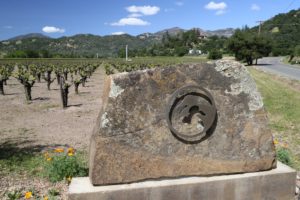
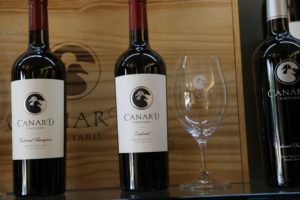
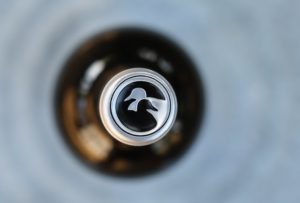 Cuvée Des Cendres
Cuvée Des Cendres
While the focus of Canard’s production is on their estate wines, over the years they have produced several non-estate wines. One is a Provencal styled rosé of Grenache from a very unique vineyard growing on top of a bluff (limestone soils) with great views overlooking the coastal foothills (Paso Robles). Their 2020 Cuvée Des Cendres (means, ‘from the ashes’) and was crafted for several reasons; the name refers to the devastating Glass Fire of 2020 which burned through the upper part of Napa Valley destroying both vineyards and physical wineries, and based on the fact that Canard was not able to produce any wines from their estate as the nearby winery they were producing their wines at suffered major fire damage. A part of the profits from the sales of this wine are donated to the Napa Valley Community Disaster Relief Fund.
The 2020 vintage is pinkish orange in the glass with minerality and citrus aromas and is slightly sweet on the palate (if we were to guess maybe 2 to 3% residual sugar) but this sweetness is balanced nicely by the acidity. It lingers with a pleasant tartness. This bottling is definitely a crowd pleaser!
Petit Verdot
Canard crafts a very limited production of Petit Verdot, primarily to show interested guests who visit the property and a select number of wine club members who are privy to its production. The 2016 Canard Petit Verdot (100% varietal) is dark ruby in color; the bouquet offers a diversity of pleasing aromatics including a floral overtone of violets along with dark cherry, blackberry and as the wine evolves in the glass it opens to some dessert spices including mocha and chocolate. The freshness of the fruit on the bouquet is immediately noticeable. And so is this wine’s intensity of flavor, showcasing notes of dark plums and blackberry. The tannins are long lasting, gravelly, earthy and dusty. The finish also lingers with bright acidity and a hint of dried tobacco leaf. This is a beautiful bottling well worth seeking out (and incidentally, it pairs very well with salami).
Canard produces three bottlings with distinctive but similar looking labels which when lined up in a row presents a triptych image of ducks flying. These wines are Throwback, a Cabernet Sauvignon based blend, Adam’s Blend, a Cabernet Franc based blend and Rescuer, a Merlot based blend.
Adam’s Blend
During a blending session with friends and other winemakers at their house, Rich and Carolyn’s son Adam blended his ‘own wine’ for fun. It was met with approval by others in attendance and their winemaker, so it was decided to bottle this as a Canard wine paying homage to Adam’s blending prowess and call it Adam’s Blend. Later this wine was validated at a wine competition in Los Angeles where an early vintage took best of class. This wine is primarily composed of Cabernet Franc and Cabernet Sauvignon with just a touch of Merlot. Like several of their other wines, Adam’s Blend is always produced in very small quantities.
Only 48 cases of the 2008 vintage were produced. The wine was aged entirely in French oak and was not fined or filtered before being bottled. A hallmark of their wines are the very aromatic bouquets. This wine is no different; the nose reveals a depth of rich fruit aromas. Flavors of black fig, blackberry and black cherry show on the palate. The finish is somewhat dusty, with medium structured tannins as well as lingering hints of chocolate. And those who much maligned the 2011 vintage in Napa Valley would be pleasantly surprised to try the 2011 vintage of Adam’s Blend, some 10 years post vintage date. During our tasting of this wine in 2022, we noted that it had retained its freshness and fruit, both on the bouquet and palate.
Cabernet Sauvignon
The 2008 Canard Cabernet Sauvignon is 100% varietal and shows hints of anise on the bouquet, along with noticeable lingering notes of black berry, and black pepper; the rounded and opulent palate shows intense ripe black fruit. This wine packs a lot of punch for a Napa Cabernet Sauvignon. It is entirely estate grown, with a fairly small production that varies around 800 cases annually – but the real teaser is the price.
The 2007 Canard Throwback features mostly Cabernet Sauvignon with some Merlot and also Cabernet Franc. The Throwback shows so much fruit on the bouquet that one has to back away from the glass for a moment. There are aromas of baking spices, ripe plum and dried black fig. The entry is surprisingly soft but gains in complexity rather quickly and is anchored by long dusty tannins on the finish.
Their most premium offering is Alluvia, a 100% varietal Cabernet Sauvignon harvested from individual rows located on the northeast block of the property. For years Rich noticed their best Cabernet Sauvignon came from this particular part of the property. In 2019 a geologist took soil samples from select locations around their vineyard and validated what they already knew, the soils in that particular block were particularly special.
Zinfandel
Their Zinfandel was originally made by Joel Petersen for many years; Joel founded Ravenswood Winery in neighboring Sonoma County (incidentally, the property that is now owned by Angelina Mondavi). Rich remembers that when Joel started making their Zinfandel, Ravenswood was only producing about 6000 cases of wine annually (wine production at Ravenswood eventually grew up to around 100,000 cases). Canard harvests the Zinfandel several times and they do not “cherry pick” the fruit – rather they pick both the extra ripe grapes as well as grapes that are still slightly under ripe.
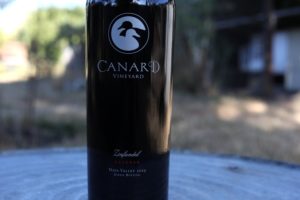
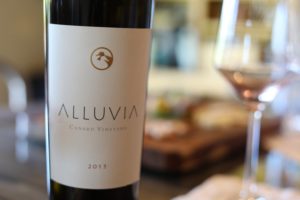
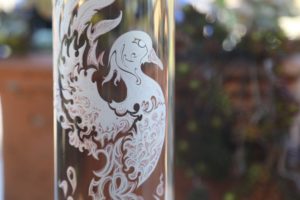 Arguably Canard’s most coveted and sought after wine is their Reserve Zinfandel, a wine that sees very limited production and only uses grapes from the oldest Zinfandel wines on the property. There is no other wine in Napa Valley that can tell a story as old as the vines producing the grapes for this bottling; stylistically this wine and their other Zinfandel are made like a Cabernet Sauvignon and not in a style often associated with California Zinfandel which tends to be jammy and over ripe. The Reserve Zinfandel is a more robust offering than their primary Zinfandel and offers more influence of oak and tannic structure.
Arguably Canard’s most coveted and sought after wine is their Reserve Zinfandel, a wine that sees very limited production and only uses grapes from the oldest Zinfandel wines on the property. There is no other wine in Napa Valley that can tell a story as old as the vines producing the grapes for this bottling; stylistically this wine and their other Zinfandel are made like a Cabernet Sauvignon and not in a style often associated with California Zinfandel which tends to be jammy and over ripe. The Reserve Zinfandel is a more robust offering than their primary Zinfandel and offers more influence of oak and tannic structure.
The 2019 Canard Reserve Zinfandel is medium to dark ruby in color; the bouquet offers a pleasing union of both primary and secondary characteristics including blackberry and dark cherry along with mocha, milk chocolate, Graham cracker, Ginger snaps and espresso. Simply put, the aromas smell like dessert. The palate offers intense flavors without any over ripeness that California warm-weather wines from this variety often display. Higher toned fruit flavors combined with a burst of acidity immediately creates a lifted and mouthwatering sensation across the palate. This wine is lively and energetic and shows flavors of red cherry, currant and red plum. The finish lingers savory including with its red-fruited tartness, darker spices and dusty, gravelly and long-lasting tannins. This wine has loads of life ahead of it (we tasted merely 3 years post vintage).
It is rather intriguing to notice the dramatic differences between Canard’s 2007 and the 2008 Zinfandel vintages. The 2007 Canard Zinfandel is a fairly weighty and rich Zinfandel – both on the bouquet and on the palate. The nose shows lots of spice (black pepper) with ripe rich dominant black fruit aromas. This vintage is smooth upon entry but quickly shows a lot of fruit flavors with sweet notes of black cherry throughout the palate. The finish lingers for quite some time with both fruit, notes of chocolate and alcohol.
We don’t use “beautiful” too often to describe wines but the 2008 Canard Zinfandel is such a bottling. This is a complete contrast to the 2007. It’s clearly a different wine simply by judging the color; it is lighter in color, and is younger, yet its already more balanced than the 2007. Everything about this wine is more subtle compared to the older vintage. Baking spices, and higher-toned fruit aromas including cranberry and raspberry show which leads to a rounded palate with a clean finish showing a moderate structure. Of the two vintages, this would clearly be the choice to pair with food.
—
The wines are distributed in about 10 states and generally have very limited distribution in Napa Valley. As a result, the wines are sold primarily through their website and from highly personalized visits for serious wine enthusiasts with Rich or their General Manager, Adam Fox. Rich is one of the more personable and hospitable folks you will meet in the valley, and he truly loves a wide range of conversation with fellow wine enthusiasts.
Canard has produced their wines at other wineries ever since their first vintage. However, plans call for building their own small winery on the property; we will update our notes here as this develops.
For more information, to schedule a visit, or to join their wine club, visit: www.canardvineyard.com
The Old Ones






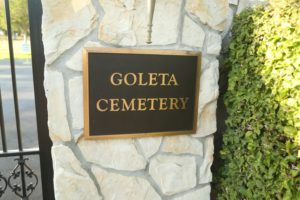
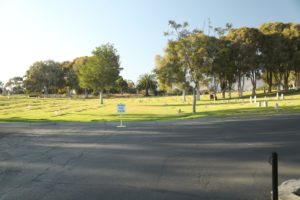
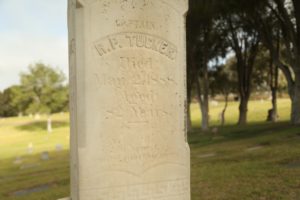
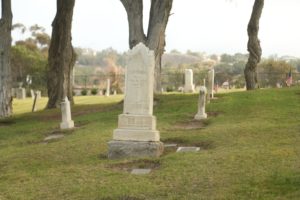
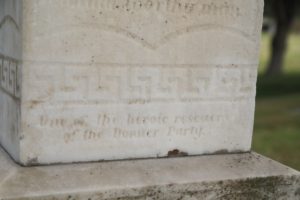
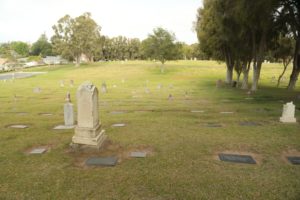
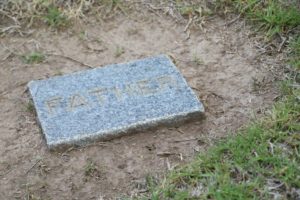
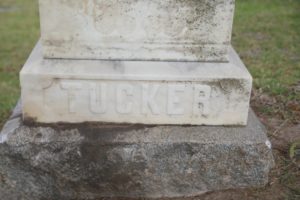
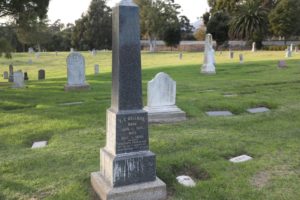
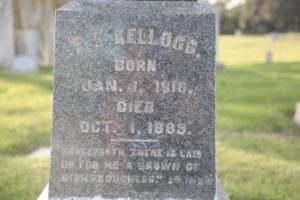


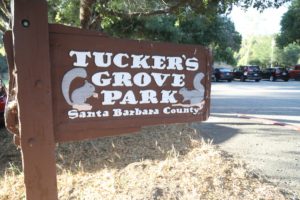
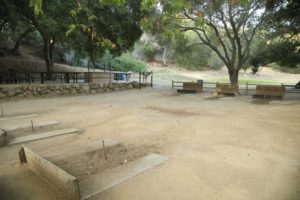
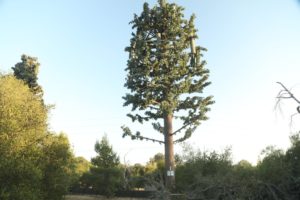
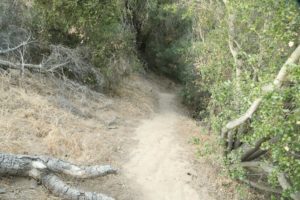
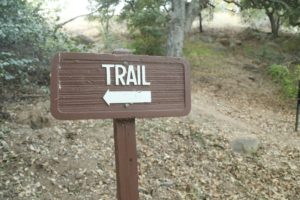
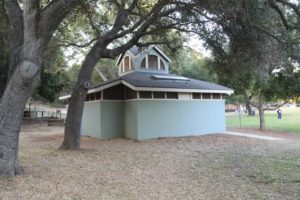
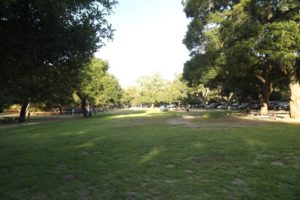


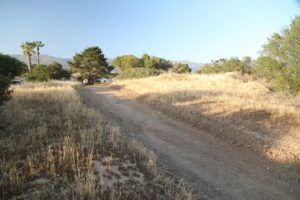
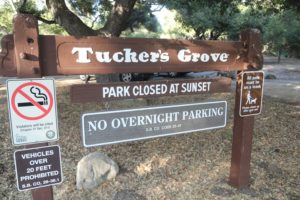
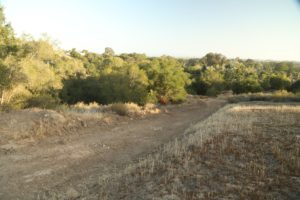
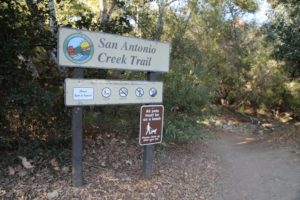
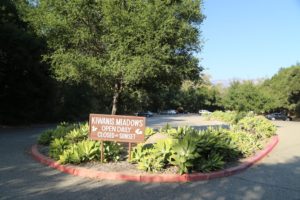
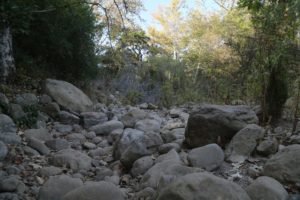
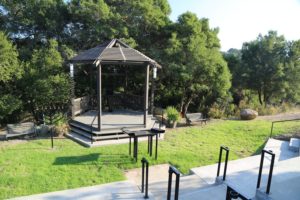

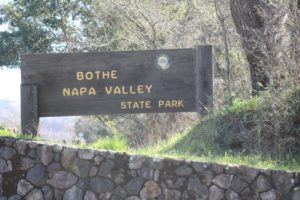
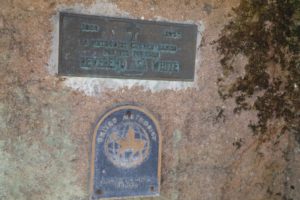
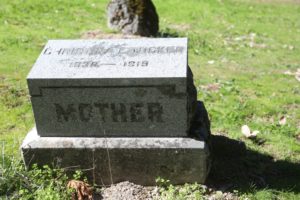
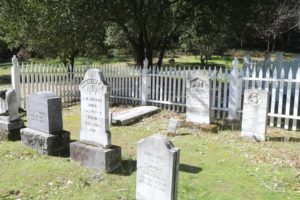
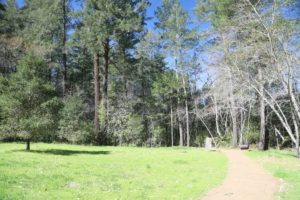
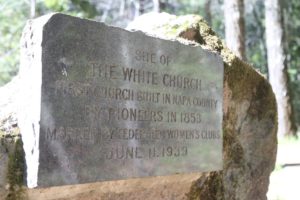
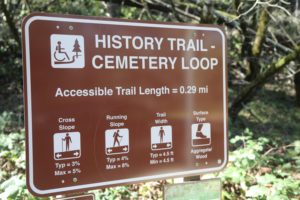
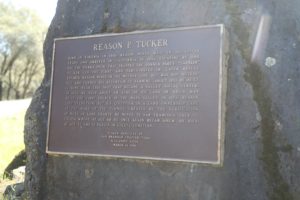
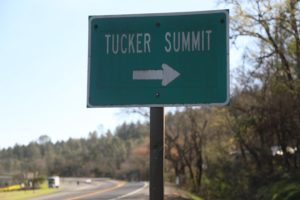
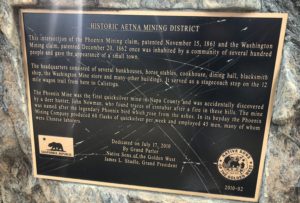
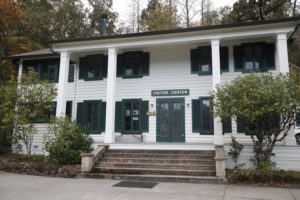
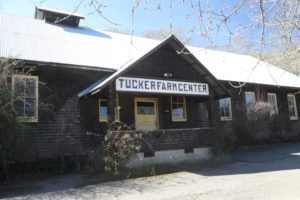
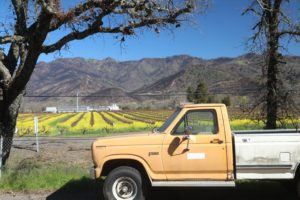
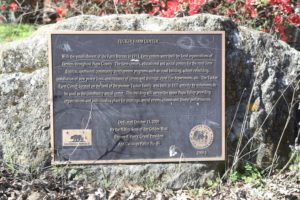
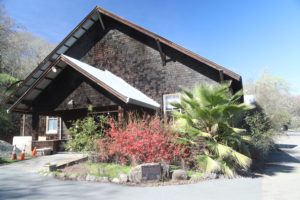
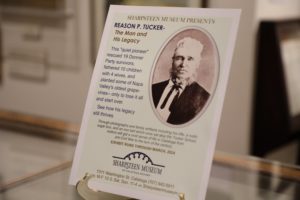
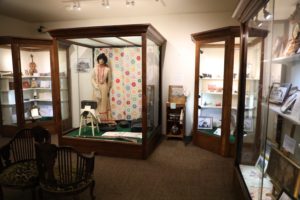
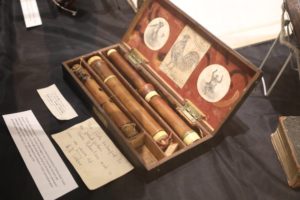
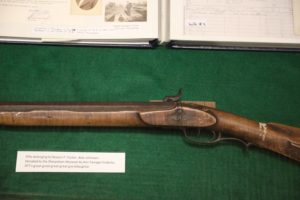
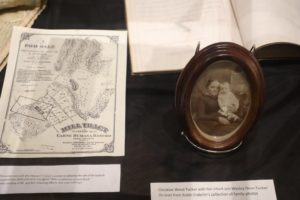
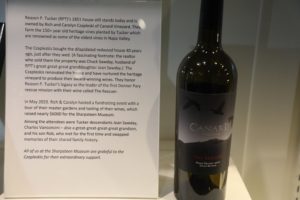
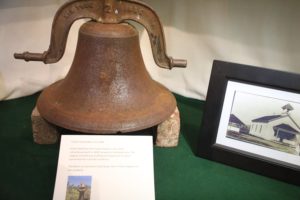
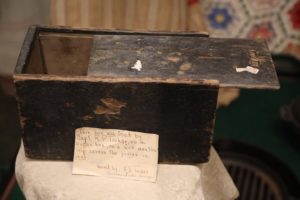
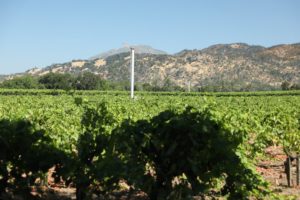
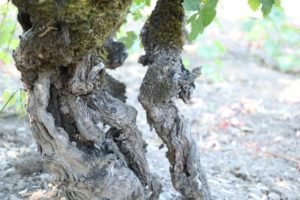
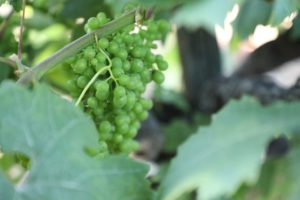
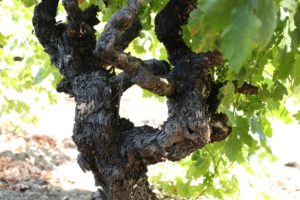
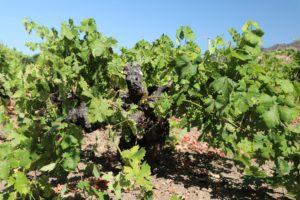
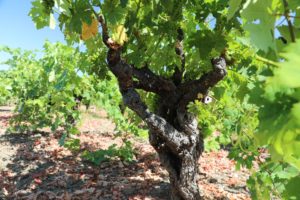
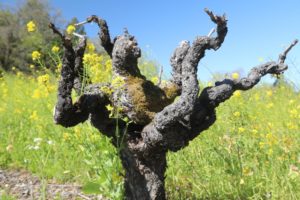
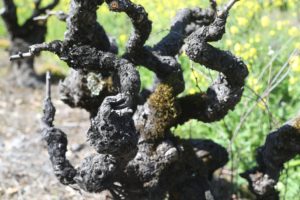
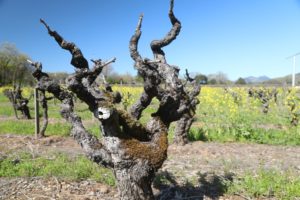
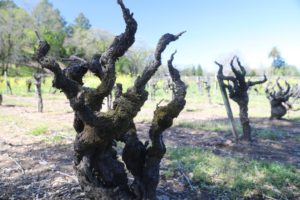
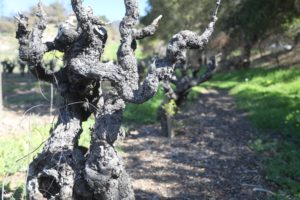
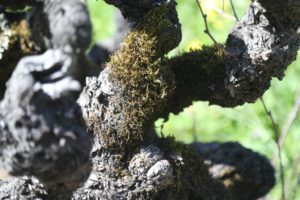
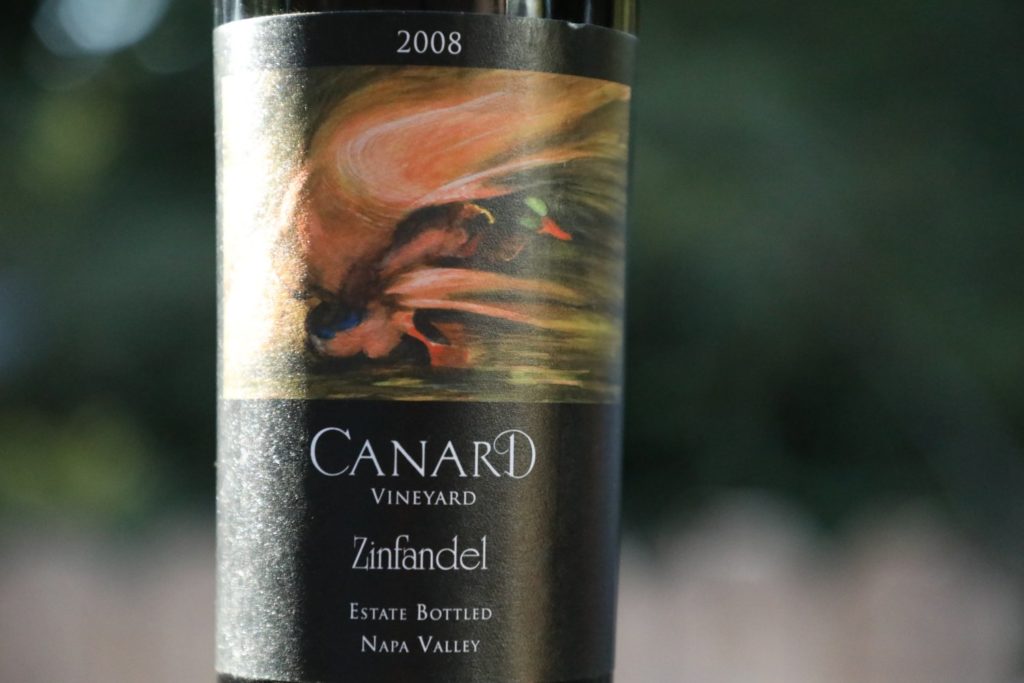
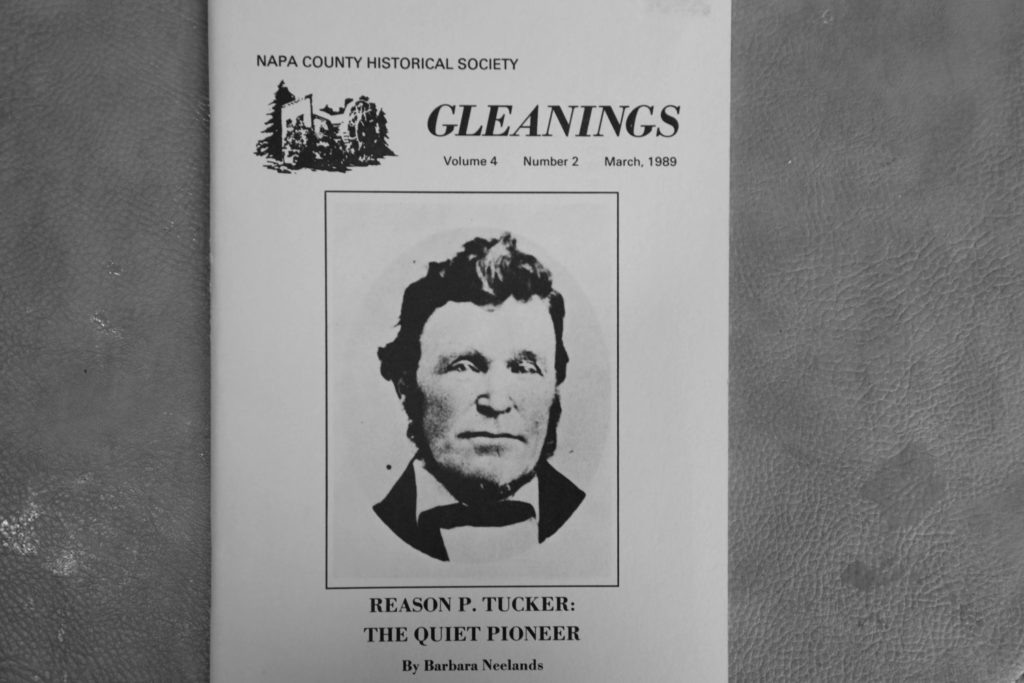
We had a tasting & luncheon at the vineyard in 2010.
Wow, the Adam’s blend is something I will never forget, still the best wine I have ever had.
My Arborist (& Master Gardener) husband was mesmerized by the grafted vines, cool.
Hello this is Adam Czapleski. Thank you very much for taking the time to visit my father’s vineyard. Glad you enjoy my blend. I was lucky enough to be able to create a wine to my pallets liking. Glad to see its not just my pallet that enjoys it. Thank you very much for the positive review.
T-Na- Rich’s wife is a master gardener. It is a gorgeous estate 🙂
We were fortunate enough to enjoy time with Rich at Canard 9-10-18 for several hours. The wines are excellent, the history interesting and the hospitality superb!! What a gorgeous winery and caves. We feel this was the best experience we had in the CA Wine Country.
Our private visit to Canard was exceptional and was our favorite experience of every vineyard & winery we visited. The grounds are beautiful & so historic with the old Zinfandel vines. Who couldnt love Peaches & Adam was the perfect host. And then the wines … wow truly exceptional and I believe all of us joined as their wines truly our the best!
Hi Adam – if memory serves me correctly you are up in Lassen or Modoc county? I was up that way a few days ago visiting some places strongly connected to wineries in Napa Valley including Genesee Valley Ranch and Store (Palmaz) and Parady Ranch in Standish (Bluford Cellars). I think we briefly met a few years ago. Hope to see you again at Canard soon. Cheers. ~ Dave
Cici – nice to see you stop by here! Hope thing are going well out in Florida. I do believe you had a visit from Adam F towards the end of 2021 out your way. Hope you continue to enjoy the Canard bottlings 🙂